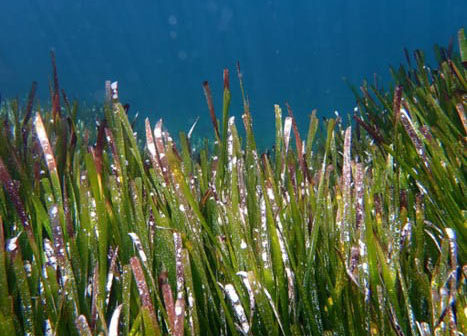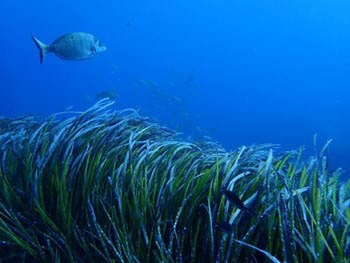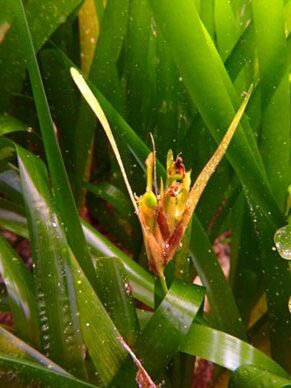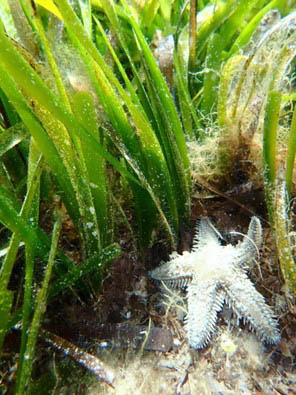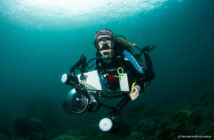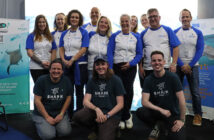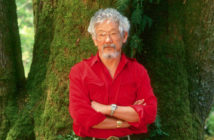Human activities affect the Ocean in different ways, the same Ocean that provides us goods and services and the one our life depends on.
This has led to a situation in which long term sustainability for the ocean and its goods and services is threatened. Coastal habitats are directly stressed by human activities, like overfishing, pollution, habitat losses, nutrient over-enrichment, biodiversity loss, invasive species, but also indirectly such as climate change and global warming.
The increase of greenhouse gas emission, like CO2, causes an important rise in temperature in the atmosphere having subsequently different effects on many ecosystems and organisms. The more CO2 we have in the atmosphere, the more CO2 we have in the Ocean. In order to minimize the effect of the global warming and fight against climate change, reducing carbon emissions is, without any doubts, a necessary step, but there is also the need to find ways to remove carbon from the atmosphere, since greenhouse gases will linger in our atmosphere for almost 100 years.
When we think about who is going to save us from the carbon in the atmosphere, the rain forest is the first one which comes to our mind, but seagrass meadows bury carbon at a rate that is 35x faster than tropical rainforests and their sediments never become saturated!
The endemic seagrass Posidonia oceanica (L.) Delile, which forms some of the most productive and valuable ecosystems in the Mediterranean Sea, is a key ecosystem dominant on sandy sea beds, with a high conservation value. P. oceanica is a protected species, included in Habitats Directive and Natura 2000 network of nature protection areas as a priority habitat. By creating extent meadows, that can be found from 1m until 40-45 m of depth, P. oceanica provides important goods and services such as nursery grounds, nutrient cycling, blue carbon sequestration, sediment stabilization, trophic transfer to adjacent habitats and towards higher trophic levels and coast protection from erosion. Many organisms find food and shelter within its long leaves, rhizomes and in the sediment, feeling safe inside the meadow that protect them from the dangers of the sea!
Seagrass meadows dissipate the wave energy, slow down the movement of ocean currents between the seabed and the end of the leaves and protect our coast from erosion. Even when the dead leaves reach the beach, transported by the waves, they can protect our beaches, creating a structure called banquette.
A common mistake is confusing this seagrass with an algae, but the morphology of P. oceanica lets us immediately see the difference: there are roots, rhizomes, flowers and fruits! In fact, P. oceanica reproduces both sexually and asexually and the sexual reproduction occurs through the production of flowers and fruits. Flowering is regulated by environmental factors (light and temperature) and endogenous factors (plant age and size) and it seems that the rising temperature induces the flowering as a stress response. P. oceanica is highly threatened by the climate change and many studies have confirmed a few past mass mortalities due to extreme climatic events like marine heatwaves.
Nowadays, research focus on seagrass restoration efforts which is considered a reliable strategy to enhance the recovery of the ecosystems and, even though there is still lack of information to define the perfect methodology for a successful action, many projects are now going on to save our Mediterranean lung!




